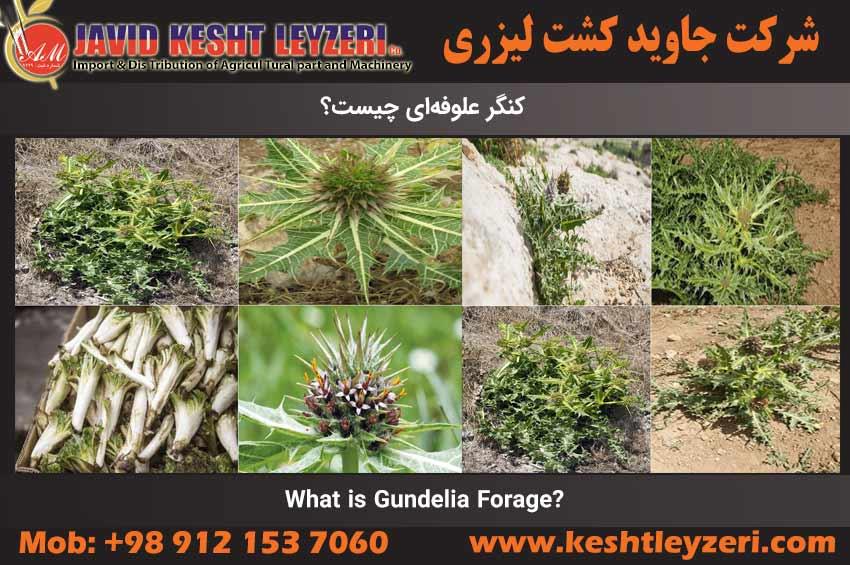- 27 Nov 2023
- 1319
What is Gundelia Forage?
Given the scarcity of livestock feed resources worldwide, the importance of identifying and processing new feed sources for livestock and poultry, and incorporating them into the nutritional regimes of animals, has become evident in the economic plans of advanced countries, particularly in Iran. Gundelia is a plant native to mountainous and semi-steppe regions of Iran, naturally proliferating in abundance. This plant is found in the Zagros region and extensive habitats in Asian countries, including Iran. For this reason, the identification and processing of suitable food sources for livestock have taken precedence. This allows producers to achieve an appropriate and cost-effective diet for their animals, addressing the protein needs of the community through increased meat and milk production, while reducing dependency on scarce resources.
- 14 Jul 2023
- 1379
The use of silage in livestock feeding and their microbiological threats
Silages are the final product of anaerobic fermentation of feed raw materials such as corn, alfalfa, distilled seeds from the aquaculture industry and sugar beet pulp.
- 23 Jun 2023
- 2675
Methods and causes of fodder storage
Although the direct consumption of fodder and animal grazing in pastures is the most economical and correct way of feeding, but for various reasons, fodder and food should be stored locally.
- 06 Jul 2022
- 2847
How to Make Silage
Preserving feed for livestock doesn't always mean putting up sun-dried hay. Silage is also made as a chopped, fermented feed source, primarily from annual crops like corn, barley, sorghum, oats, millet, and occasionally canola and wheat. Silage is made by packing the chopped crop into a "pit" and packing it down well so that any oxygen pockets are eliminated. Oxygen pockets encourage spoilage of the feed. Silage and haylage can be interchangeable, especially since haylage or baleage involves the same process of ensiling to preserve feed for livestock. However, silage more relates to annual crops than perennial forages. How to make silage is described in the steps below.




